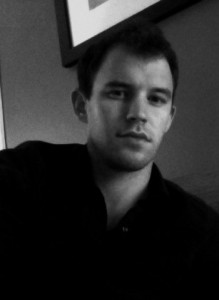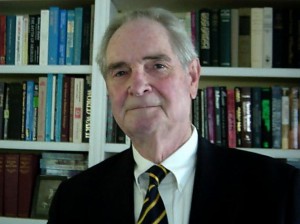by Jessica Wilson
The London School of Contemporary Dance’s postgraduate performance company, EDge, is preparing to invest in auditions in cities across North America for 2012-2013, continuing to widen international dance connections and develop the art form we all know and love.
Additionally, auditions will be taking place for other postgraduate and undergraduate programmes at The Place, extending this investment across the breadth of London Contemporary Dance School and connecting dance further. It is the third year of their holding of auditions in the States, with a number of American students currently company members of EDge, extending dance horizons positively in the direction of further development.
Auditions for EDge have been held yearly in the UK and Europe for both postgraduate and undergraduate programmes, with the transition to incorporate US auditions extending dance even further. As the cultural context of dance continues to widen, the future of dance looks extremely bright indeed.
Throughout dance history – and ballet and modern dance particularly – practitioners have travelled extensively, spreading their dance influence and initiating their own dance strands within distinctly differing countries. From Isadora Duncan to George Balanchine and beyond, dance contexts have gradually developed and flourished beyond conception through choreographic and training work in many different cultural contexts. The investment of London Contemporary Dance School in auditions within North America is a clear symptom of an increasingly global approach to contemporary dance training. EDge, amongst many other dance companies, is continuing this through their international auditions and further through the appointment of American artistic director Jeanne Yasko in September 2010. [Read more…]








